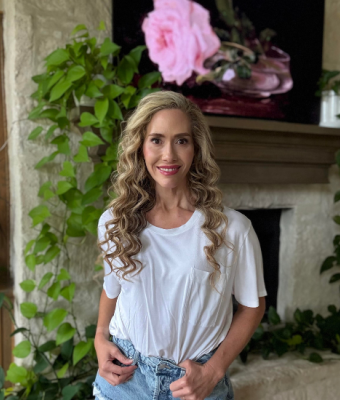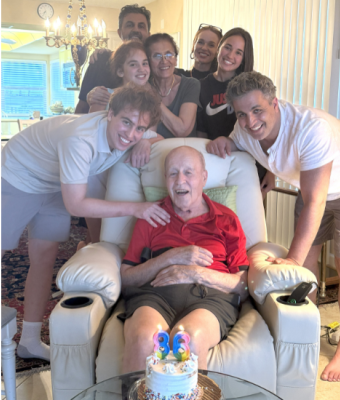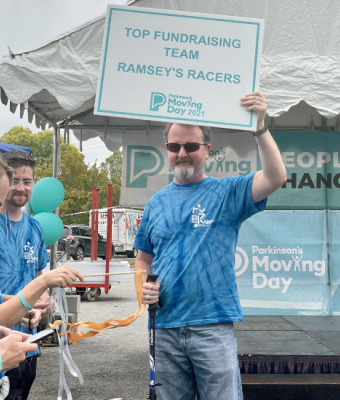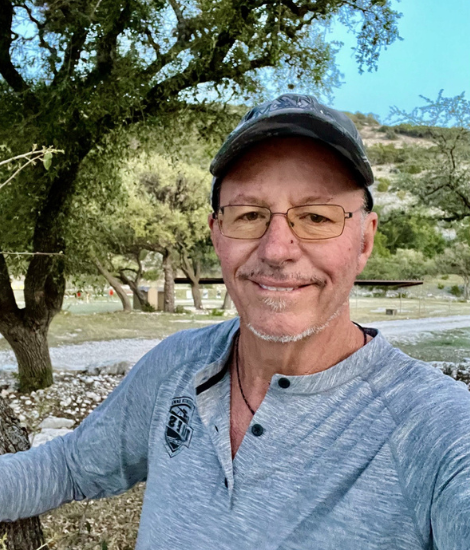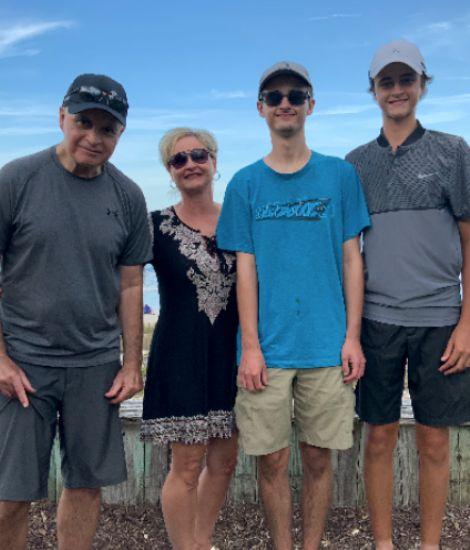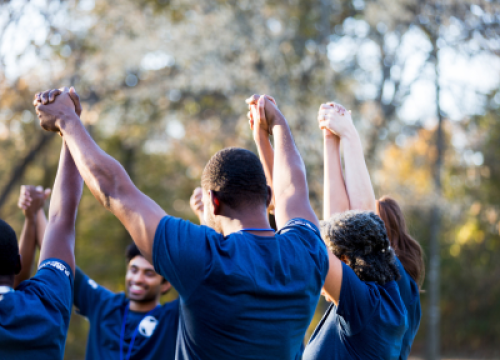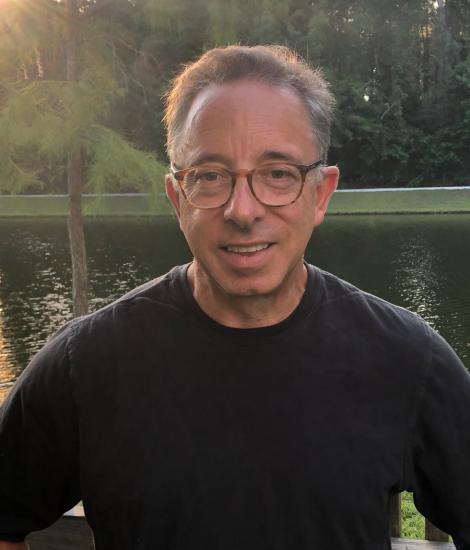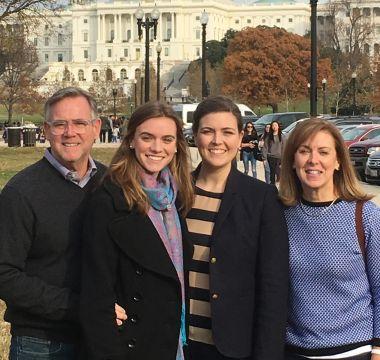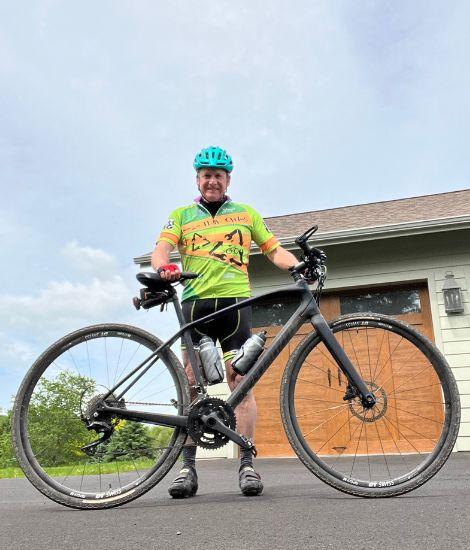My PD Story
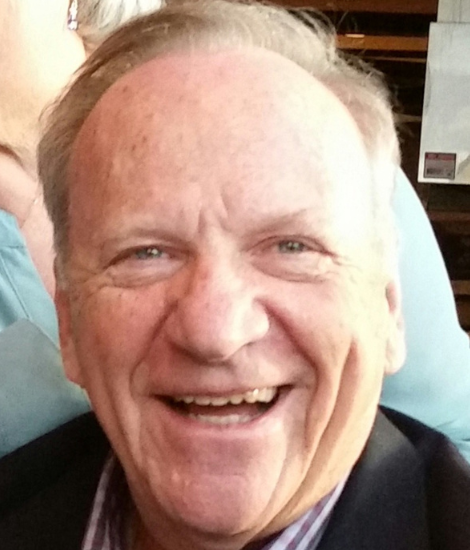
Gary Canner
In 2017, at the age of 76, I was diagnosed with Parkinson’s disease (PD). Gut punch! Now what?
Up until this point, I had survived both prostate and bladder cancers, and with five cardiac stents. I must now deal with an incurable disease. How did I get this? Was I predestined through heredity? Was it the fact that my home in Miami, FL, used well water for nine years? Why me?
First, how did I know I had Parkinson's?
I must go back some 40+ years. I have always been active in community/regional theater. I was in a production of The Music Man, as Professor Harold Hill. I did not know at that time that "I had Trouble not with a capital T but with a capital P for Parkinson's!”
In 2017, some 40 years later, I again auditioned for a role in The Music Man and when the director handed me the script to read for a part, my right hand began to tremor uncontrollably. The director noticed and said, "Gary, are you nervous?” I responded, “No, I've been doing theater for more than 40 years.” I saw my general practitioner and was diagnosed with essential tremor. Wrong, I said. I did my own research and my tremor is a resting tremor, it appears to be Parkinson's. Off I marched to a local neurologist who watched my gait and then took a DaTscan to confirm his clinical observations.
I then sought out the experts at The University of Florida Normal Fixel Institute, a Parkinson’s Foundation Center of Excellence, for treatment of my PD. Medication soon followed after trying all types of alternative approaches, including medical marijuana and acupuncture. Nothing helped.
I was told that one of the reasons I did not have symptoms until I was already 76 was because I was a daily exerciser for more than 25 years. Yes, I was an Olympic style racewalker on weekends during my 40's and 50's. Walking 5K, 10K, half marathons and training for these races, I was delaying the symptoms of PD, without knowing it.
After learning that exercise was the most important component of delaying the disease, I continued partaking of exercise. I have always played golf, but that is not aerobic. Since diagnosis, I enrolled in a Rock Steady Boxing program, daily treadmill work in my local gym, and soon I will begin the LSVT Big program for PD physical therapy.
Yes, now six years post diagnosis, I have learned that I was always predestined to get PD. Through a genetic test I learned that I have the gene mutation known as LRRK2! Which means that since I am an Ashkinazi Jew, I have a much greater chance of getting PD because of where my ancestors settled in Eastern Europe, now called Romania.
I am now 82, a senior citizen living in a Central Florida "Over 55" community surrounded by hundreds of thousands of people, with a large percentage of them having PD and not knowing or understanding it.
Enter the Parkinson’s Foundation Ambassador program. In 2022, at the age of 81, I began the ambassador training program. I soon learned that my skills as an actor and my profession as a Federal Mediator for the U.S. Court of Appeals could easily be transferred to educating people throughout Central Florida about Parkinson's. Thus far I have presented at numerous public events, fostering "Knowledge is Power" when dealing with PD.
The Parkinson’s Foundation well-documented fact sheets and numerous books and periodicals and website allow me to present the Foundation’s message. It is one which resonates with our senior communities and is well received. The feedback is undeniably personal because everyone with PD gets it! We are all the same because we all have PD, but we are all different because we all have PD. That is my message.
Looking for specific symptom information? Tips for daily living? Explore our free resources to find the information you need to live better, right now.
More Stories
from the Parkinson's community
